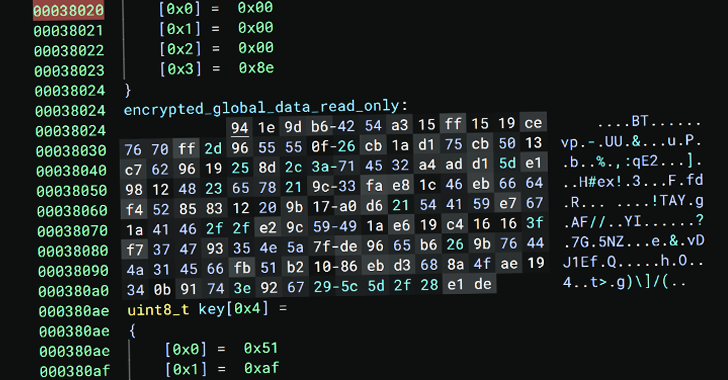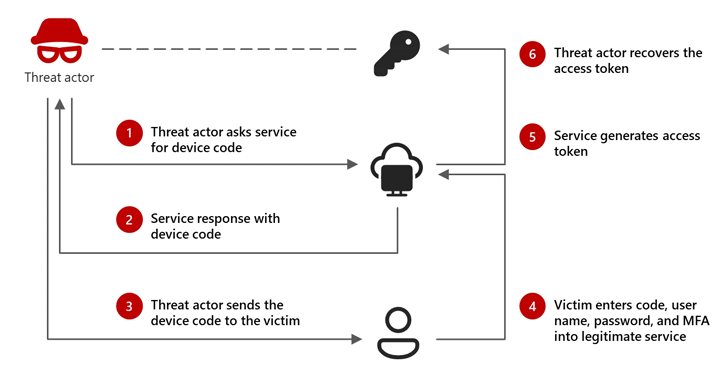[ad_1]
In the early morning of January 21, David Balland and his wife were forced at gunpoint into separate vehicles outside their home in Méreau, a commune in the opulent Loire Valley, France. The kidnappers had targeted Balland, who cofounded cryptocurrency wallet company Ledger, with the goal of winning a ransom, a prosecutor has claimed.
The kidnappers communicated their demands—the specifics of which have not been disclosed by law enforcement—to Éric Larchevêque, another Ledger cofounder. To flush out the full payment, they severed one of Balland’s fingers. French authorities dispatched more than two hundred officers to investigate.
On January 22, officers rescued Balland from a property in the neighbouring town of Châteauroux. They later discovered his wife—trussed up, but otherwise unharmed—in the back of a beaten up van.
These events were relayed by Paris prosecutor Laure Beccuau at a press conference on January 23, and in subsequent reports. The authorities had arrested ten people suspected to be connected to the kidnapping, Beccuau announced. For acts of “torture, barbarity and extortion,” she said, those arrested face up to life in prison if convicted.
Ledger declined to comment, citing the ongoing investigation and the need to afford privacy to Balland. In an X post Ledger CEO Pascal Gauthier said, “We are deeply relieved that David and his wife have been released.”
The grisly kidnapping—which came shortly after a crypto executive was held for ransom in Canada and the assassination of the United Healthcare CEO—has spooked the crypto industry. To protect themselves, wealthy crypto figures are turning to bodyguard services, which have experienced an influx of requests, sources with knowledge of the physical security sector tell WIRED.
“Like any human emotion, fear is a significant motivator…The headlines certainly mobilize a lot of that concern,” says Adam Healy, a former US Marine and chief executive at crypto-focused cybersecurity company Station 70, who frequently helps industry contacts to secure physical security services. “Demand has grown considerably.”
Because not every case of kidnap or extortion is reported, it is difficult to objectively assess the actual risk to wealthy figures in crypto. In making the fear of kidnap more acute, the headlines benefit the private security businesses, themselves incentivized to overstate the threat.
However, it is the case that people who control large amounts of crypto are more exposed to violent extortion than the typical executive by the nature of the technology: Unlike regular currency, crypto is stored in digital wallets protected only by alphanumeric keys. Because crypto transactions are irreversible, if a bad actor can coerce someone into handing over their key, they gain unfettered access to the coins in their wallet.
“That is one of the principles on which crypto was founded—the principle of self-custody. Not your keys, not your crypto,” says one crypto executive who has previously used bodyguard protection, who asked to remain anonymous for personal safety reasons. “It’s the equivalent to stuffing [your money in] your mattress.”
Over time, crypto organizations have taken steps to dilute the risk associated with self-custody, including by storing coins in special wallets that require the signature of multiple people for any transactions to take place. Sometimes, they go as far as to split wallet keys into several shards, each of which can be stored in a separate high-security bunker across the globe. But even elaborate measures only go so far in disincentivizing kidnap and attempted extortion.
[ad_2]
Source link




















